The Arctic skies above Tromsø, Norway transform into a celestial theater each winter, with the aurora borealis painting luminous strokes across the inky darkness. For photographers chasing this ethereal phenomenon, mastering camera settings becomes as crucial as braving the subzero temperatures. Unlike typical night photography, capturing the northern lights demands a delicate balance between technical precision and creative intuition—a dance between freezing the aurora's movement and preserving its fluid elegance.
Exposure lies at the heart of aurora photography. While many assume longer exposures automatically yield better results, Tromsø's active auroral displays often require surprising adaptability. Veteran shooters recommend starting with a 4-8 second shutter speed at ISO 1600-3200, adjusting dynamically as the lights intensify or fade. During particularly violent geomagnetic storms when the aurora dances rapidly, exposures as brief as 1-2 seconds may be necessary to prevent the iconic green ribbons from blurring into featureless haze. The histogram becomes your compass in these situations—clipping the highlights means losing the delicate structures within the aurora's folds.
Lens selection dramatically influences your compositional options. The Samyang 14mm f/2.8 has become something of a local legend among Tromsø's aurora guides, offering both the extreme field of view needed to capture sprawling displays and sufficient light gathering capability. However, seasoned photographers often carry a secondary 24-70mm f/2.8 zoom for nights when the lights concentrate directly overhead in a mesmerizing corona. This versatility proves invaluable when the aurora transitions from horizontal bands to vertical rays that seem to rain down upon the observer.
White balance presents an often-overlooked challenge. While auto settings might render the greens accurately, they frequently misinterpret the subtle purples and reds that appear during stronger solar activity. A custom Kelvin setting between 3200K-4000K generally preserves the aurora's true colors without making the snow-covered landscapes appear unnaturally blue. Some photographers employ a trick borrowed from astrophotographers—shooting in daylight white balance to intensify the greens, then fine-tuning in post-production when the raw files offer greater flexibility.
Focusing in pitch darkness tests even experienced photographers. The infinity mark on most lenses actually falls short of true focus for aurora work. Live view magnification becomes essential—manually focusing on bright stars or distant city lights ensures pinpoint accuracy. Many workshop leaders in Tromsø advise taping down the focus ring after achieving perfect focus to prevent accidental shifts during the night's shooting. This becomes particularly crucial when working at temperatures below -20°C, where numb fingers easily bump settings.
The interplay between foreground and sky separates compelling aurora images from mere documentation. Local photographers have developed ingenious solutions for illuminating Tromsø's dramatic landscapes—from strategically placed LED panels to light painting with modified flashlights. The key lies in subtlety; foreground elements should complement rather than compete with nature's light show. Frozen lakes near Tromsø serve as ideal natural reflectors, doubling the aurora's brilliance when conditions align perfectly.
Battery performance plummets in Arctic cold, with standard DSLR batteries sometimes lasting less than an hour. Tromsø's professional aurora guides swear by chemical hand warmers rubber-banded around battery compartments, often extending shooting time by 200-300%. Others use power banks with dummy batteries for mirrorless systems, though these require careful insulation against moisture. The most prepared photographers carry three times their normal battery supply, storing spinners in inner pockets to maintain optimal operating temperature.
Post-processing requires restraint. While modern software can rescue underexposed shots or enhance colors, overzealous editing often produces garish results that betray the aurora's natural beauty. Tromsø's long-standing photography workshops teach a "less is more" approach—minor adjustments to contrast and vibrance, careful noise reduction for high ISO shots, and subtle dodging to emphasize the aurora's intricate structures. The goal remains authenticity: images should evoke the same awe one feels standing beneath the shimmering skies, not create a synthetic version of reality.
Perhaps the most valuable parameter exists beyond camera menus—patience. Even in prime locations like Tromsø, the aurora follows its own unpredictable schedule. The photographers who consistently return with breathtaking images are those willing to wait through hours of stillness for those fleeting moments when the night sky erupts in color. They understand that no perfect combination of settings can substitute for time spent observing the rhythms of the Arctic night, learning when to adjust exposures as the aurora's intensity ebbs and flows.
Local wisdom suggests the best aurora images come not from rigidly following formulas, but from developing an intuitive understanding of how camera settings interact with the lights' ever-changing behavior. The same exposure that perfectly captures gentle green arcs may utterly fail when the sky explodes in crimson coronas. Tromsø's long winter nights offer endless opportunities to experiment—to learn through failure and occasional triumph. In the end, the technical mastery serves a greater purpose: creating images that convey the profound emotional experience of standing beneath Earth's greatest light show.
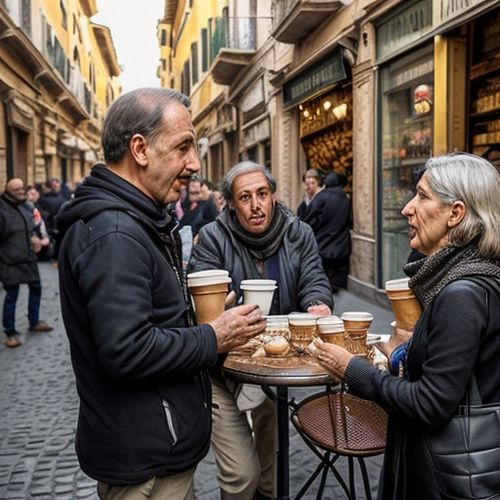
By Benjamin Evans/Apr 11, 2025
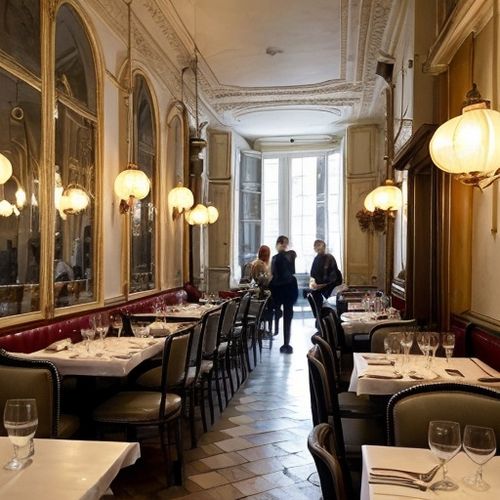
By Amanda Phillips/Apr 11, 2025
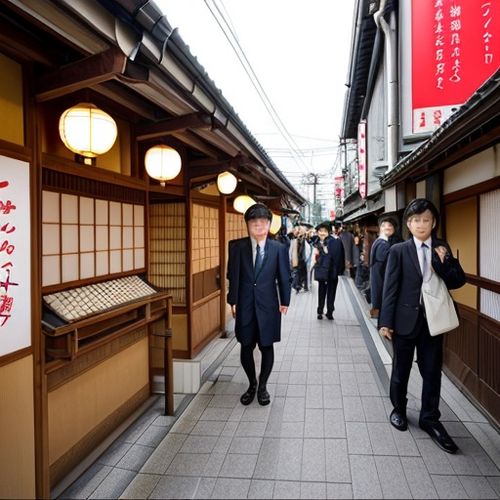
By Ryan Martin/Apr 11, 2025
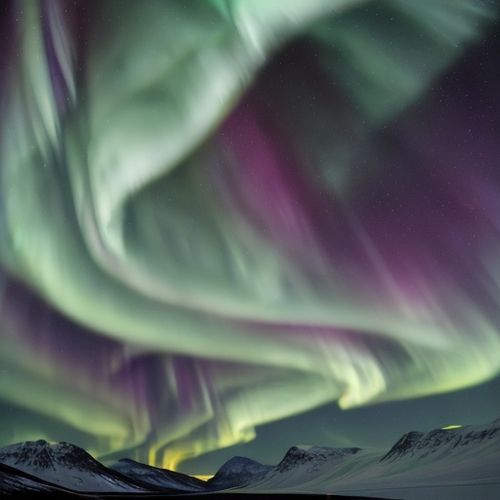
By Sophia Lewis/Apr 11, 2025
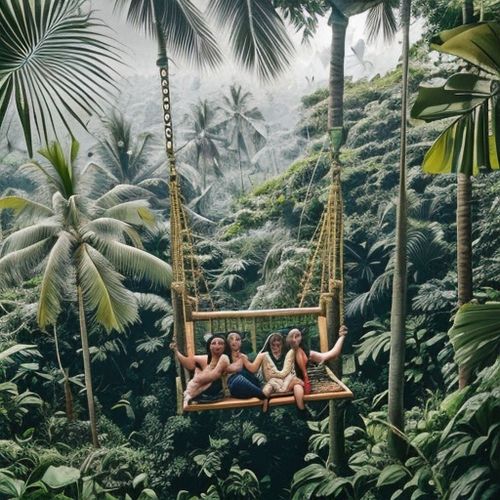
By Samuel Cooper/Apr 11, 2025
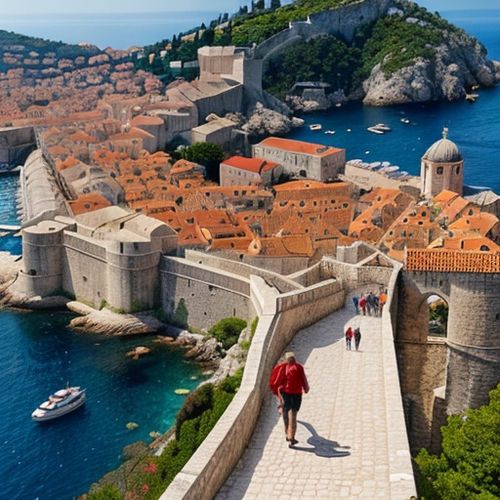
By Laura Wilson/Apr 11, 2025
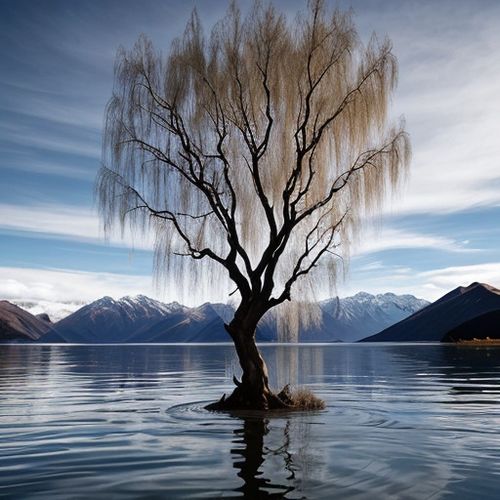
By Eric Ward/Apr 11, 2025
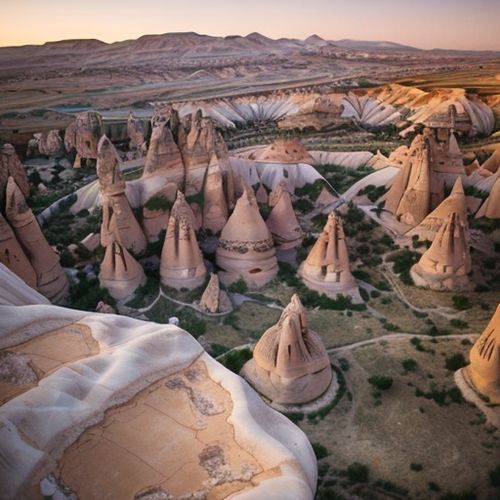
By Samuel Cooper/Apr 11, 2025
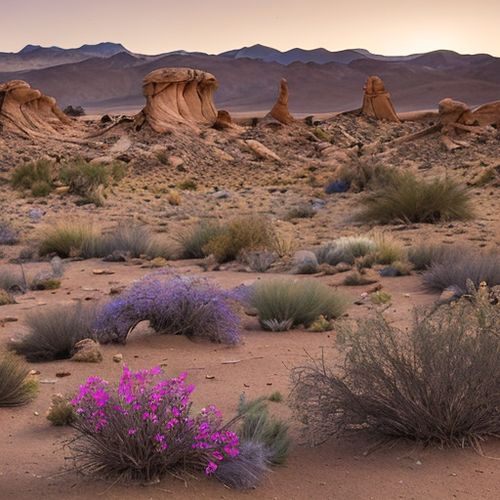
By Thomas Roberts/Apr 11, 2025
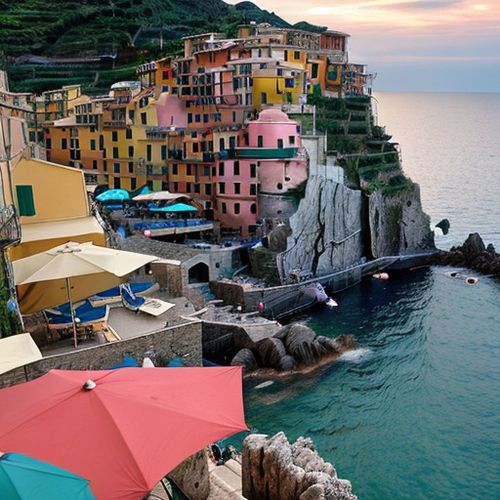
By William Miller/Apr 11, 2025
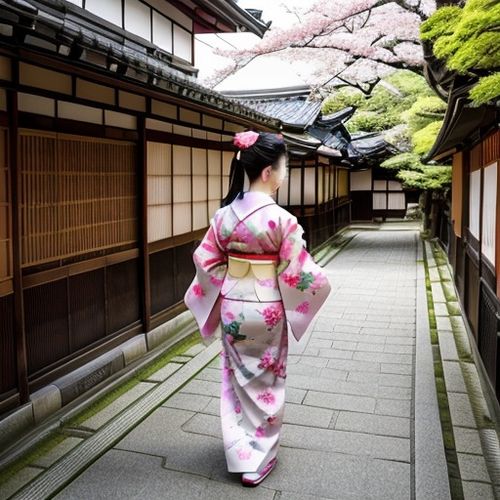
By Megan Clark/Apr 11, 2025
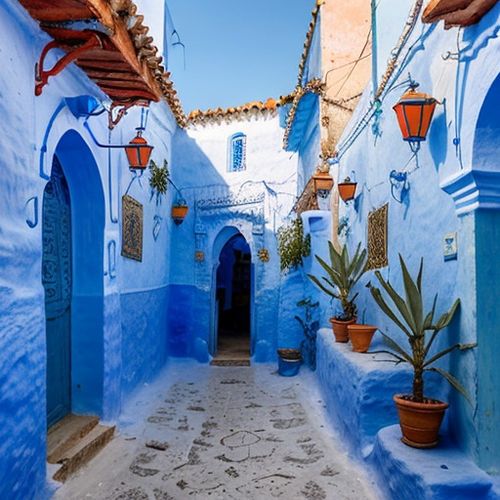
By Michael Brown/Apr 11, 2025
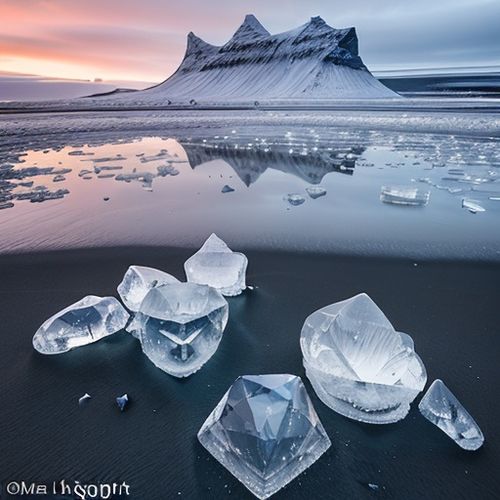
By Sarah Davis/Apr 11, 2025
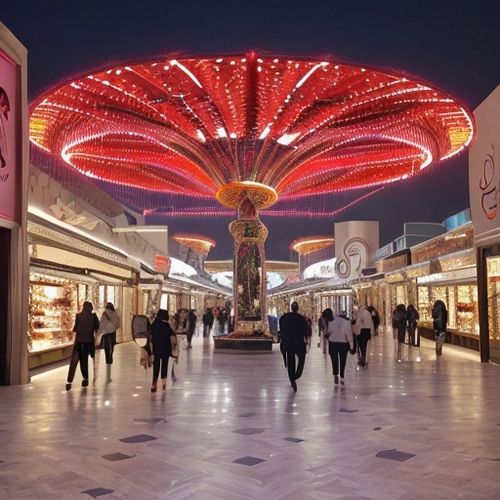
By Noah Bell/Apr 11, 2025

By Sophia Lewis/Apr 11, 2025
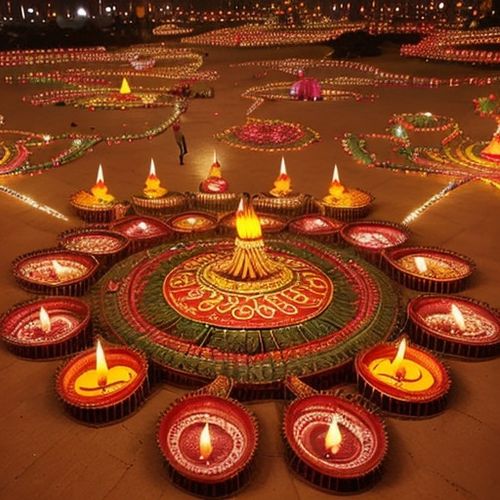
By Daniel Scott/Apr 11, 2025
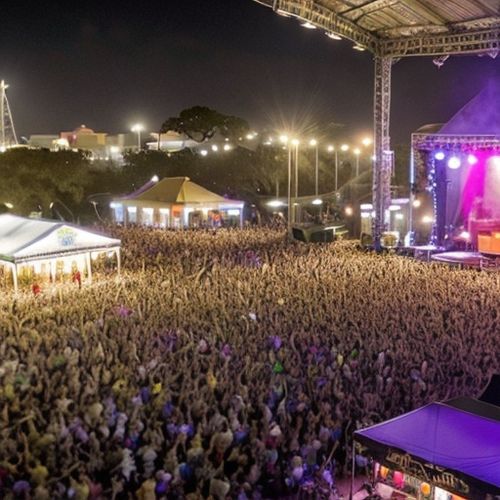
By Samuel Cooper/Apr 11, 2025
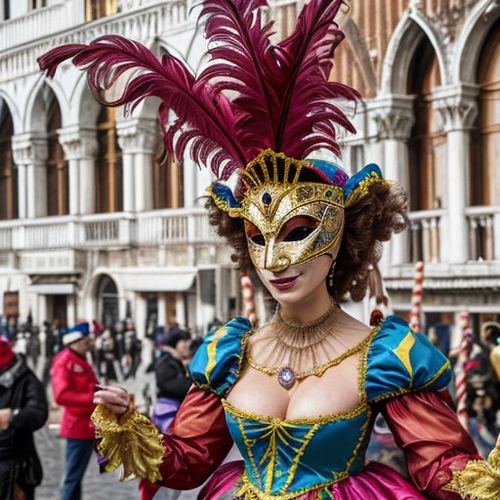
By Joshua Howard/Apr 11, 2025
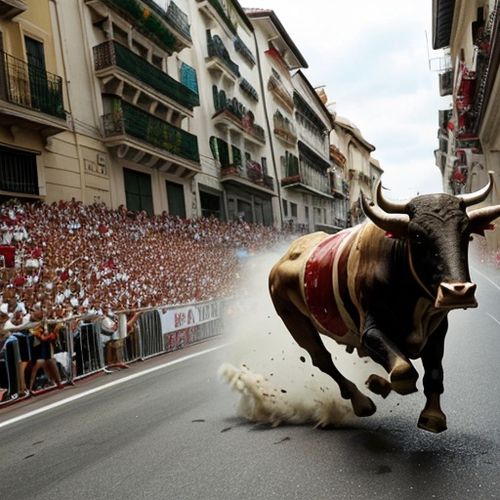
By Joshua Howard/Apr 11, 2025